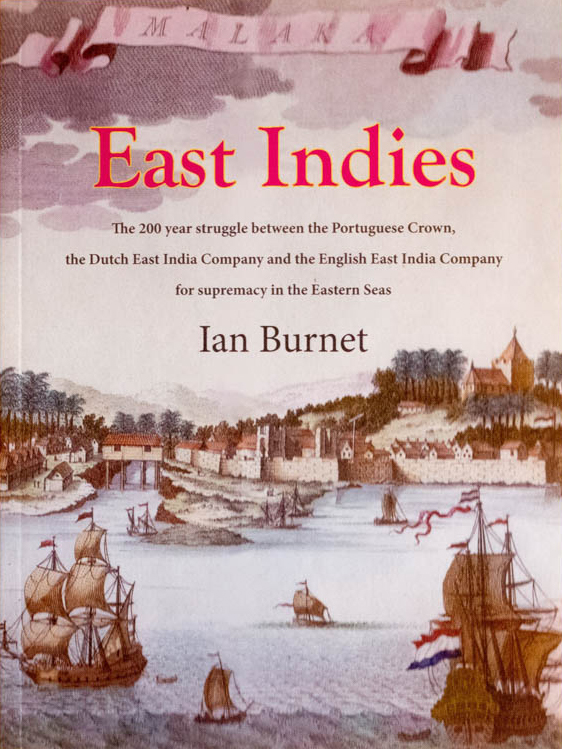
East Indies
RM 93.00
- Publication Year: 2013
- Publisher: Rosenberg Publishing
- Binding: Softcover
- Pages: 224 pages
- ISBN: 9780994562753

RM 93.00
Summary
In 1497 Vasco da Gama rounded the Cape of Good Hope, his small
Portuguese fleet reached India and they became the first Europeans
to sail the Eastern Seas. Over the next 100 years the Portuguese
spread their trading network in search of spices, sandalwood, silks,
gold, silver, porcelains and other oriental goods. This trading
network extended from Goa in India as far east as the Moluccas and
Timor in Indonesia, and as far north as China and Japan.
In 1595 and 1601 respectively, the first Dutch and English trading
expeditions rounded the Cape of Good Hope and the trading monopoly
of the Portuguese Crown was being challenged by the Dutch East India
Company and then the English East India Company, the world’s first
joint stock and multinational trading companies.
For the next 200 years the struggle for trade supremacy between the
Portuguese, the Dutch, and the English ranged across the Eastern
Seas and in the settlements of Goa, Malacca, Ambon, Macao, Canton,
Nagasaki, Batavia, Macassar and Johor. Until by the end of the 19th
century the Portuguese had almost vanished from the Eastern Seas,
and the Dutch and the English East India Companies had been
transformed from trading companies into colonial powers ruling vast
territories in Indonesia, India and Malaya.
This book follows the trade winds, the trade routes and the port
cities across the East Indies and the Orient. Beginning in Malacca
which was one of the world’s largest trading ports in the 16th
century, it describes the founding of Batavia (Jakarta) in the 17th
century and concludes with the founding of Singapore and Hong Kong
which became some of the world’s largest trading ports in the 19th
century.